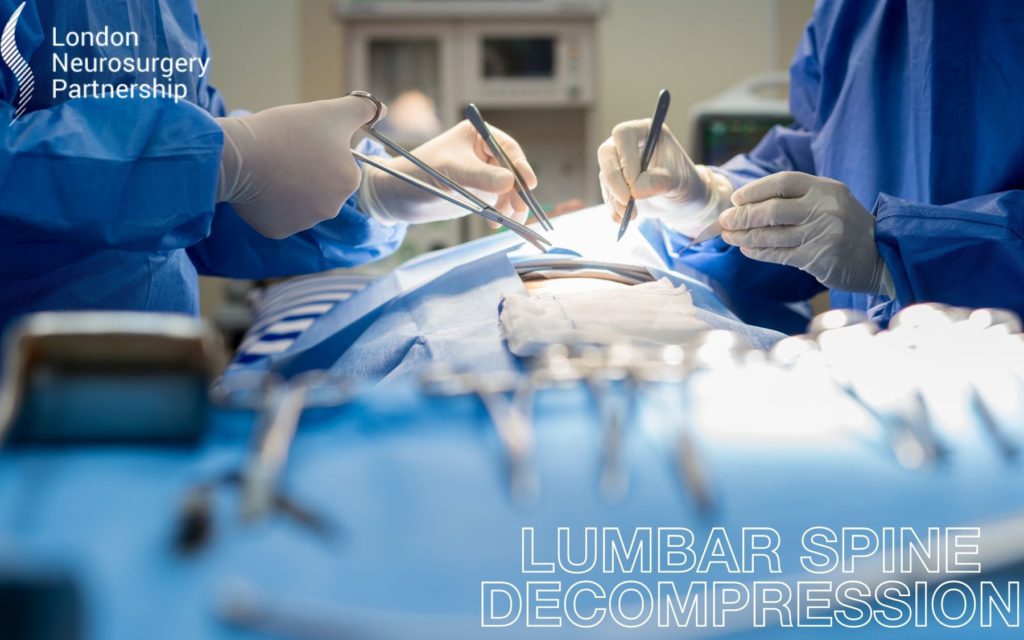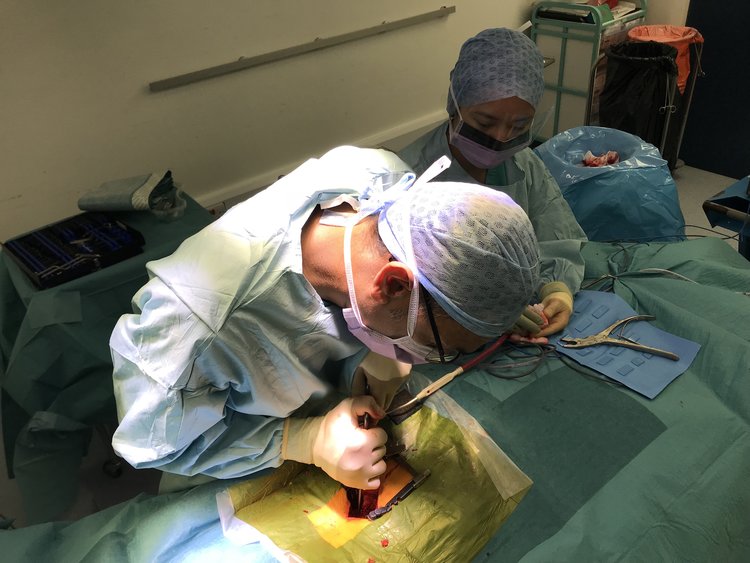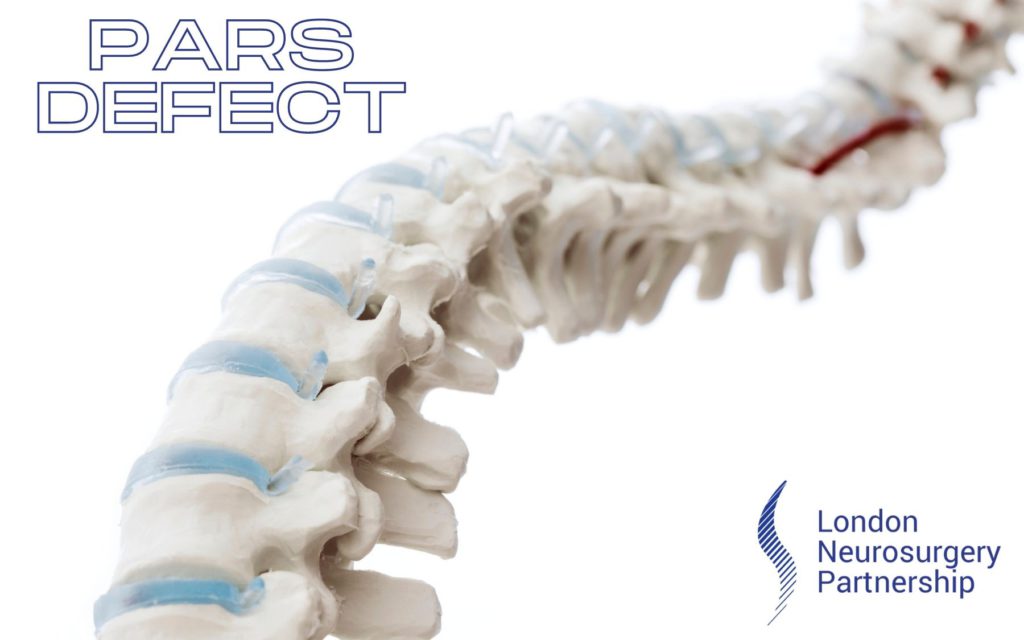
Mr Irfan Malik is an expert in all thing’s spine related, so we have asked him what a lumbar spine decompression actually is and how it’s performed.
It can be a scary situation if you have been told that spinal surgery is needed, any surgery for that matter can be nerve-racking. We hope this will help you put your mind at ease as we walk you through the what, where, why and hows.
Lumbar spine decompression surgery would be recommended for patients who are suffering from chronic spinal stenosis, sciatica or a slipped disc, spinal injuries and fractures and even cancer if it is pressing on the spinal cord. These are just come of the common conditions are accompanied with symptoms such as weakness, numbness and pain in arms or legs, or difficulty walking and completing daily activities due to intense pain. Surgery will also be an option for people who have tried more conservative treatments like physical therapy or medications without any improvement.
 Lumbar spine decompression is a surgical procedure performed to free up compressed nerves in the spinal cord. The surgeon will do this by making an incision in the lumbar spine, under X-ray control, appropriate nerves and tissues will be removed to take pressure off of the affected area. Once your surgeon is happy with the decompression and your nerves have been freed up, the muscles that were moved will be stitched back in to position and the incision will be closed.
Lumbar spine decompression is a surgical procedure performed to free up compressed nerves in the spinal cord. The surgeon will do this by making an incision in the lumbar spine, under X-ray control, appropriate nerves and tissues will be removed to take pressure off of the affected area. Once your surgeon is happy with the decompression and your nerves have been freed up, the muscles that were moved will be stitched back in to position and the incision will be closed.
Depending on your individual condition there may be different procedures that need to be performed while having the operation. There are several types of decompressive surgery and you will be informed well in advance if you need any of these:
- Laminectomy – Removal of the entire lamina that is putting pressure on the spinal cord.
- Laminotomy – Part removal of lamina to relieve pressure on the spinal cord.
- Foraminotomy – removal of the bone that is around the neural foramen.
- Laminaplasty – Performed in the neck, the laminae is cut to create more space in the spinal cord.
- Discectomy – Removing a bulging or slipped disc to release pressure of the spinal nerves.
Postoperatively, you will be placed back on a ward with close neuro observations for 24 hours. You will be able to mobilise as soon as possible. A physical therapist will visit you and your consultant before you are discharged. You may even need to have a MRI or X-ray before leaving the hospital just to check the surgery was a success. A follow up consultation will be made for 6-8 weeks’ time, during that time you will be following a guide on how to keep active after surgery which will includes the do’s and don’ts of daily activities. You will be discharged if there are no red flags in your follow up consultation.
This article is intended to inform and give insight but not treat, diagnose or replace the advice of a doctor. Always seek medical advice with any questions regarding a medical condition.





0 Comments